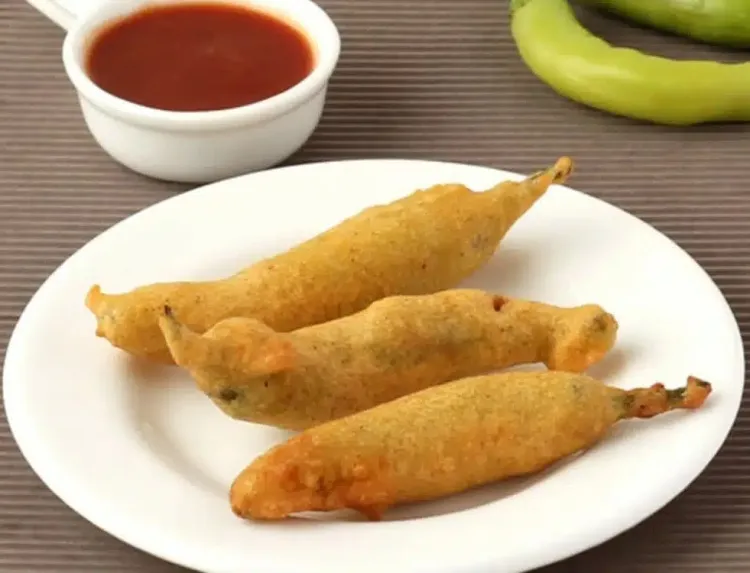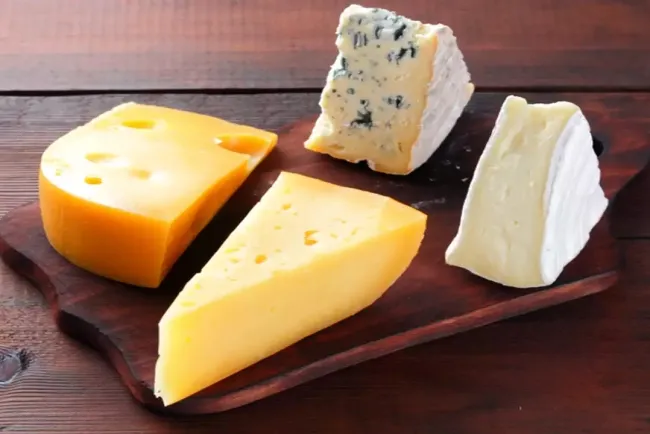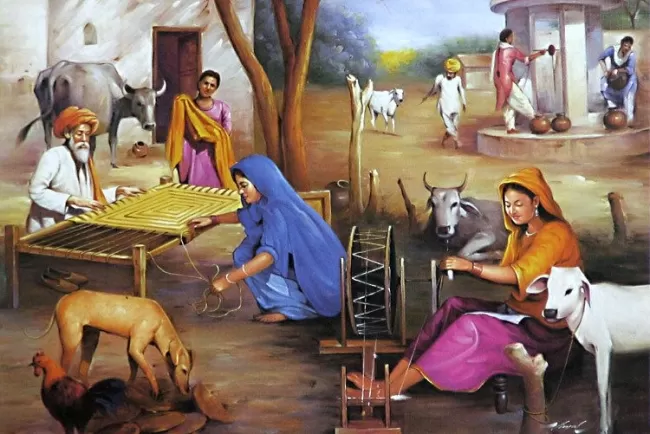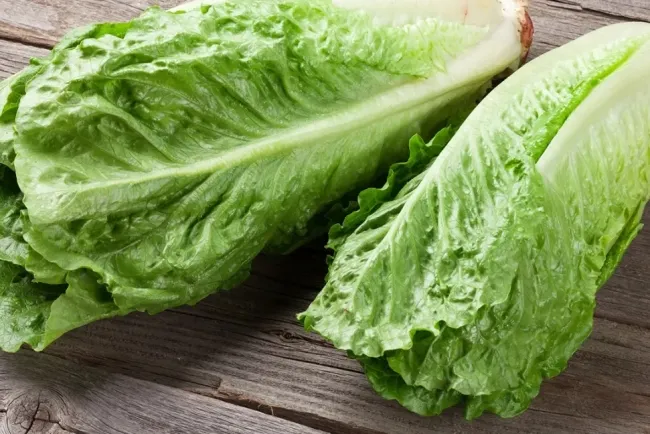Bajji: A Cherished Indian Snack...!!!
Bajji, also known as bhaji or pakora, is a popular Indian snack that has won the hearts of food lovers across the subcontinent. These crispy and flavorful fritters are made by dipping slices of vegetables or other ingredients in a spiced gram flour batter and deep-frying them to golden perfection. Bajji is a beloved street food and a staple at tea-time, often enjoyed with a cup of hot chai.

Historical Background of Bajji
The origins of bajji trace back to ancient India, where various forms of fritters were prepared using locally available ingredients. The concept of deep-frying food in a seasoned batter is believed to have been influenced by culinary practices from neighboring regions such as Persia and the Middle East. Over time, bajji evolved into a quintessential Indian snack, with regional variations and unique flavors emerging in different parts of the country.
Key Ingredients
Bajji is made using a combination of basic ingredients that contribute to its delicious taste and crispy texture. The key ingredients include:
-
Vegetables or Other Ingredients: Common vegetables used for making bajji include potatoes, onions, eggplants (brinjal), green chilies, and plantains. Other ingredients such as paneer (Indian cottage cheese) and bread slices can also be used.
-
Gram Flour (Besan): Gram flour, also known as chickpea flour or besan, forms the base of the batter. It gives the bajji its characteristic nutty flavor and crispy texture.
-
Spices: A variety of spices are added to the batter to enhance the flavor. Common spices include red chili powder, turmeric powder, cumin seeds, ajwain (carom seeds), and asafoetida (hing).
-
Water: Water is used to create a smooth and thick batter that coats the ingredients evenly.
-
Salt: Salt is added to the batter for seasoning.
-
Oil: Oil is used for deep-frying the bajji until they turn golden brown and crispy.

Preparation of Bajji
The preparation of bajji involves several steps to ensure a perfectly crispy and flavorful result. Here's a general outline of the process:
-
Prepare the Ingredients: Wash and slice the vegetables or other ingredients into thin, uniform pieces. This ensures even cooking and a consistent texture.
-
Make the Batter: In a mixing bowl, combine gram flour, spices, and salt. Gradually add water while stirring to create a smooth and thick batter. The batter should be of a consistency that easily coats the back of a spoon.
-
Heat the Oil: Heat oil in a deep frying pan or kadhai over medium-high heat. The oil should be hot enough to sizzle when a drop of batter is added.
-
Coat the Ingredients: Dip the sliced vegetables or other ingredients into the batter, ensuring they are fully coated.
-
Fry the Bajji: Carefully place the coated ingredients into the hot oil. Fry in batches, making sure not to overcrowd the pan. Fry until the bajji turn golden brown and crispy, turning occasionally to ensure even cooking.
-
Drain and Serve: Use a slotted spoon to remove the bajji from the oil and drain them on paper towels to remove excess oil. Serve hot with chutney or ketchup.
Cultural Significance and Popularity
Bajji holds a special place in Indian cuisine and culture. It is a popular snack enjoyed across the country, particularly during the monsoon season when the craving for hot and crispy snacks is heightened. Bajji is often served at gatherings, festivals, and special occasions, bringing people together to share the joy of good food.
In addition to being a favorite street food, bajji is also a staple at home. Families often prepare bajji as an accompaniment to evening tea or as a quick and satisfying snack for unexpected guests. The versatility of bajji allows for endless variations, with different regions adding their unique twists to the basic recipe.
Bajji is also commonly enjoyed during fasting periods and religious festivals, as the ingredients used are typically vegetarian and can be adapted to meet dietary restrictions.
Bajji is a cherished Indian snack that combines the perfect blend of crispy texture and flavorful taste. Its simple yet versatile ingredients, easy preparation, and cultural significance make it a beloved treat for people of all ages. Whether enjoyed on a rainy day with a cup of chai or shared with loved ones during festive celebrations, bajji remains an integral part of India's rich culinary heritage.
What's Your Reaction?

















